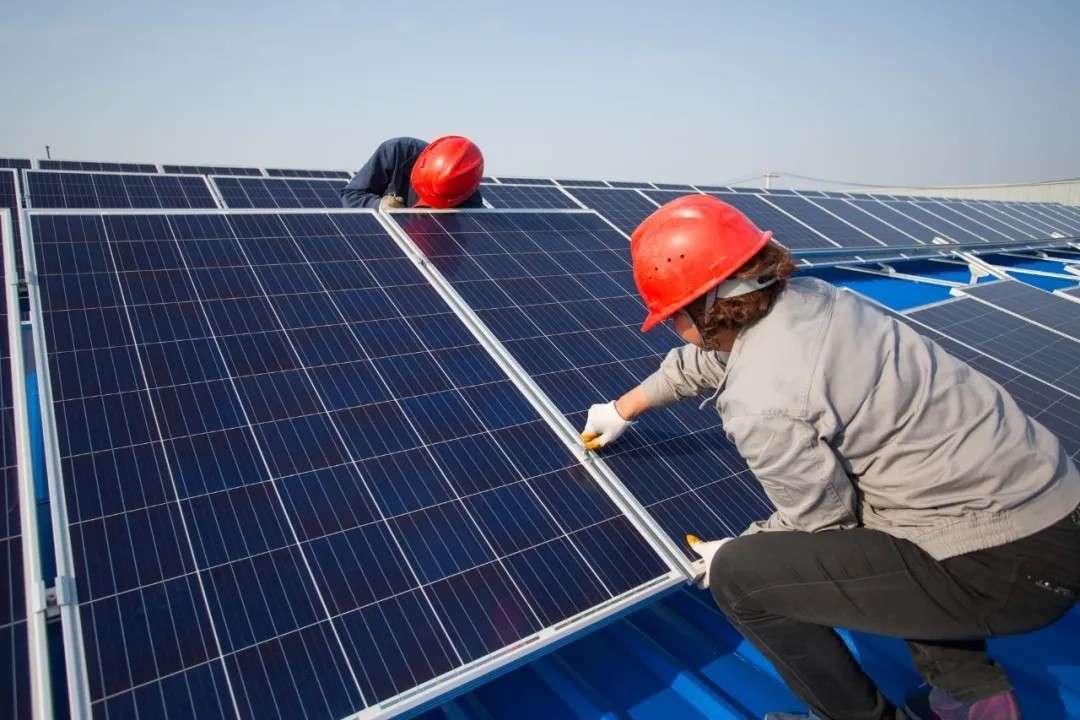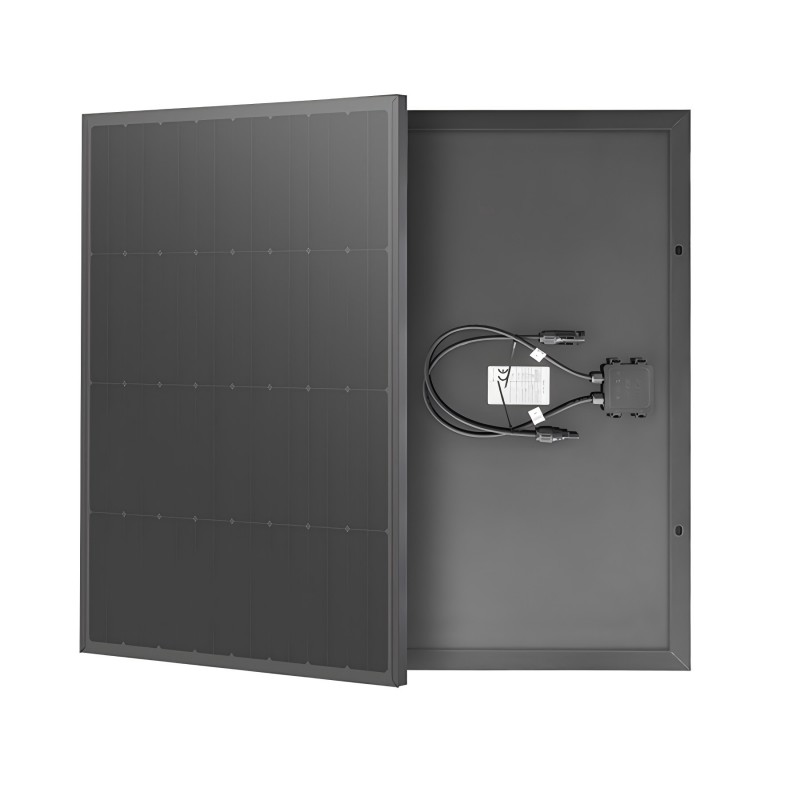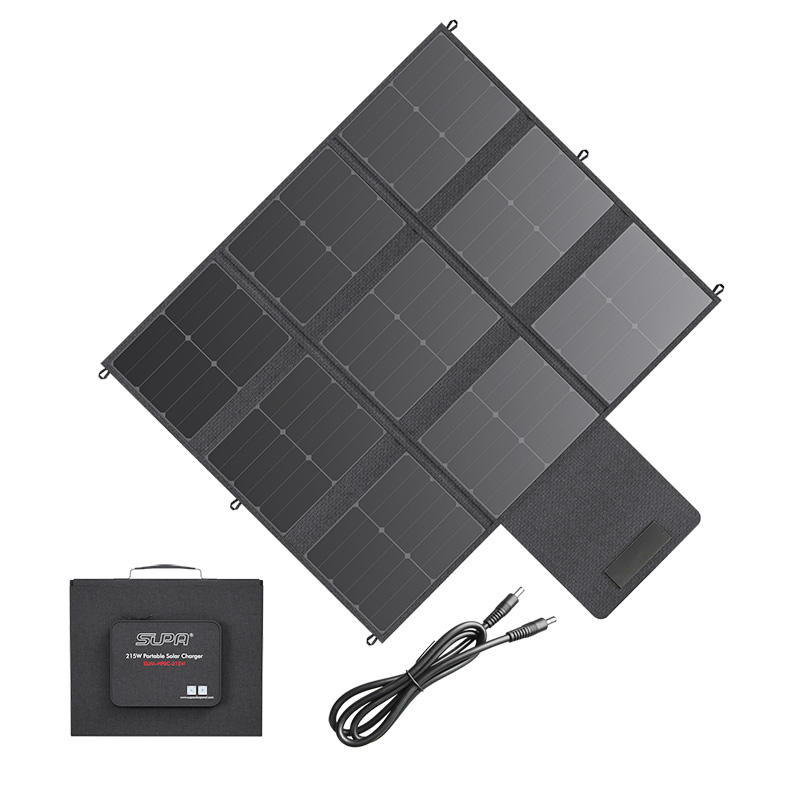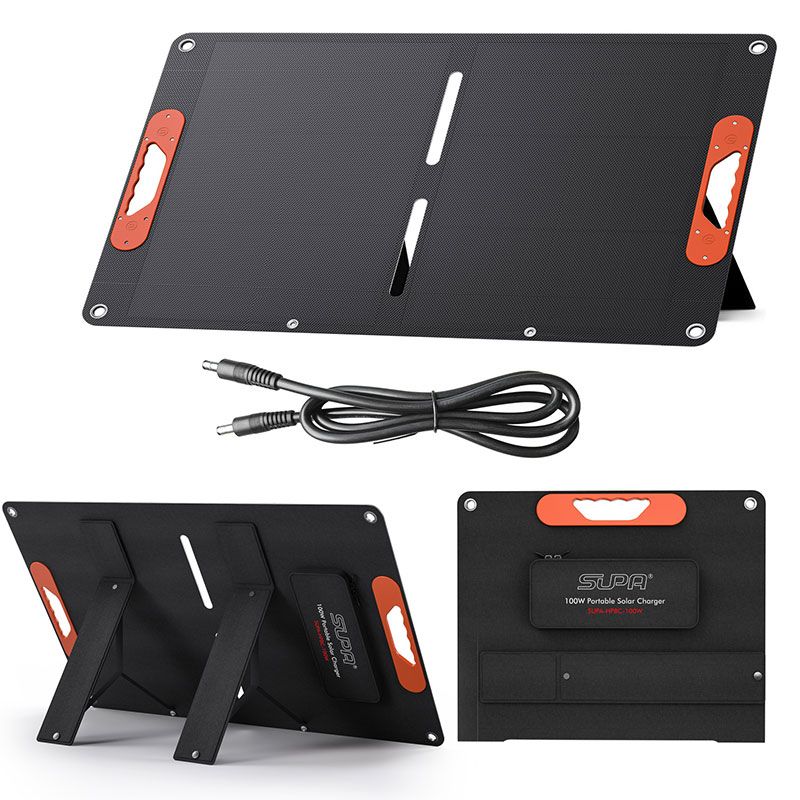Company News
In the context of increasing energy demand, the photovoltaic industry has become a key force in promoting sustainable development.
Flexible components are a new type of components with distinctive features such as "lightweight", "thin", "flexible" and "bendable". It can be adhered directly to light-loaded and curved roofs without the need for brackets or other mounting systems. Flexible components have a wide range of applications, including distributed power station scenarios such as industrial and commercial color steel tile roofs, flat roofs and residential tile houses, as well as special scenarios such as featured landscape lights, portable mobile power supplies, robots and outdoor activities. The combination of flexible components with various innovative solutions is very easy, infinitely expanding the imagination of photovoltaic technology applications. It is mainly divided into three categories: conventional crystalline silicon flexible components, MWT crystalline silicon flexible components and thin film flexible components.
1. A new chapter in photovoltaic technology: innovation in flexible modules
When we talk about flexible solar panel modules, we are actually talking about a revolution in materials science and engineering technology. These innovations are not just simple improvements to existing technologies, but a complete revolution in the photovoltaic field.
Revolutionary material selection: The core of flexible components lies in the innovative materials they use. Although traditional silicon-based solar cells are highly efficient, they are heavy and stiff, limiting their installation flexibility. In contrast, flexible photovoltaic modules use lightweight, highly adaptable polymer materials and unique packaging technology. The bendable properties of these materials allow modules to be mounted on a variety of irregular surfaces, including curved surfaces and movable structures, opening up entirely new areas of photovoltaic applications.
Innovation in manufacturing process: The manufacturing process of flexible photovoltaic modules is also innovative. Use polymer transparent materials instead of traditional tempered glass as the front panel, use polymer materials with stronger IPD resistance as the back panel, and use unique packaging processes to produce flexible components that can pass the aging resistance test in extreme ultraviolet radiation environments. , has high light transmittance, can absorb solar radiation to the greatest extent and resist the adverse effects of ultraviolet radiation on the components. The performance of the components is more stable than conventional single-glass and double-glass components, because the weight of the flexible components does not exceed 3kg/㎡. It can withstand bending of more than 30 degrees, making this flexible component more widely used.
Performance and reliability: Although flexible solar panel have advantages in weight and thickness, they are not inferior in performance and reliability. These components operate stably in a variety of climatic conditions and maintain good performance even under bending or stress conditions. Additionally, they are less dependent on installation angle, meaning they can generate electricity efficiently even on surfaces that are not ideally oriented. Through these technological innovations, flexible photovoltaic modules not only overcome the limitations of traditional hard modules, but also greatly expand the application scope of photovoltaic technology. From urban buildings to mobile devices and even wearable technology, flexible photovoltaics are ushering in a new era of photovoltaic applications.

2. Innovative solutions to solve building load-bearing problems
In the photovoltaic industry, integrating solar technology into various built environments has always been a challenge, especially on buildings with limited load-bearing capacity. Traditional rigid photovoltaic panels often cannot be installed on older buildings or uniquely designed modern buildings due to weight and rigidity limitations. Flexible photovoltaic modules provide a revolutionary solution for buildings with limited load-bearing capacity. Their lightweight design eliminates the need for additional support structures or extensive structural reinforcement, reducing installation costs. Available on non-traditional surfaces of all shapes and sizes, such as curved roofs and cylindrical building elements, it enhances the building’s energy self-sufficiency.

In conclusion, flexible photovoltaic components represent a groundbreaking shift in the solar industry, offering innovative solutions to meet the increasing demand for sustainable energy. Their lightweight, flexible, and versatile nature makes them ideal for a wide range of applications, from industrial rooftops to portable power solutions. By addressing the limitations of traditional solar panels, especially in load-bearing and installation flexibility, these components are expanding the horizons of photovoltaic technology. As the industry continues to innovate, flexible solar modules will play a critical role in shaping the future of renewable energy, making solar power more accessible and adaptable to various environments.




